By Patrick Kenney
This past semester (Spring 2020) I had the opportunity to study abroad through the American Institute for Foreign Study (AIFS) program in St. Petersburg, Russia at the Peter the Great St. Petersburg Polytechnic University. I was looking forward to spending three and half months in St. Petersburg, where I would have the chance to practice (and improve) my Russian language skills and learn more about the people and country that have captivated the Western world for so long. This was my first time travelling outside the United States and like many Americans, I held a somewhat stereotypical view of Russia and its people as being cold and closed-off to others. Ultimately, one of my main goals–besides practicing my Russian with the locals–was to challenge my own views and beliefs of the country. In a sense, I tried to look at the world from the Russians’ point of view in order to gain a better understanding and appreciation of their country’s role in the world.

First day in the city at Peter and Paul Fortress
During my first week in St. Petersburg, I was struck by the architectural beauty of the city’s many old buildings and palaces. Founded in 1703 by Peter the Great, St. Petersburg served as the imperial capital of the Russian Empire for over two hundred years until the October Revolution in 1917. While no longer the political capital, the city remains a cultural capital of Russia with many museums, churches, theatres, and other historical sites. I visited many of the historical landmarks such as the Winter Palace, the Yusupov Palace, the Catherine Palace, and Peter and Paul Fortress. One of the great benefits of studying abroad was the chance to be physically present in a city with so much history and to stand in the same places as so many historical figures.
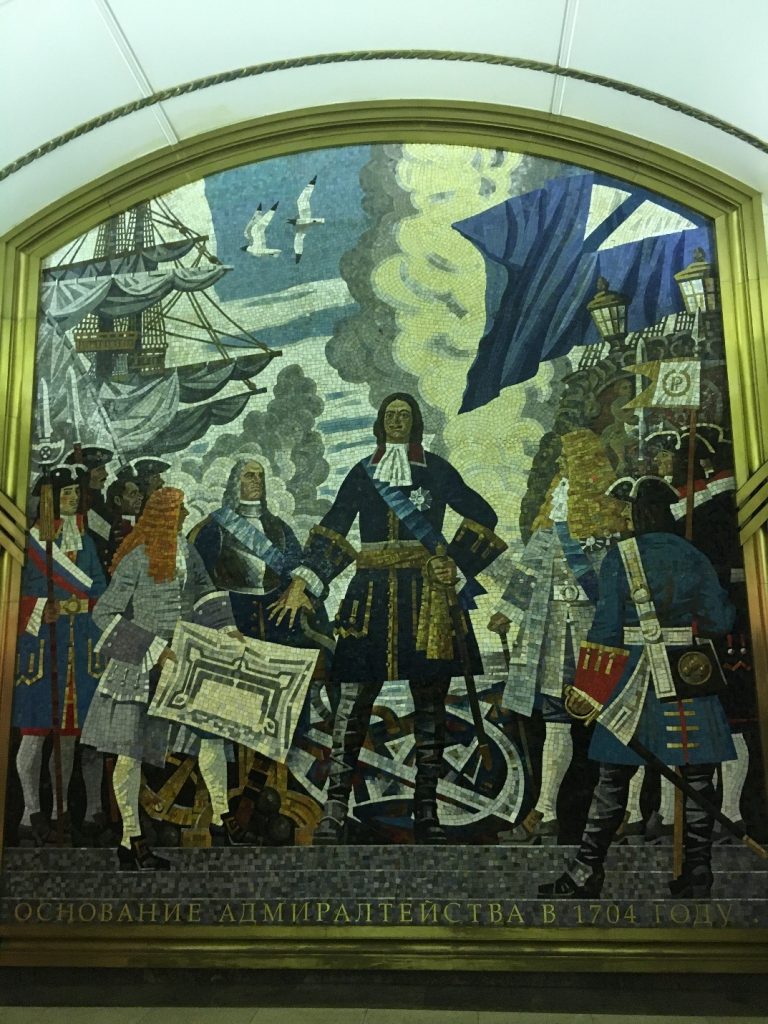
Throughout my time in St. Petersburg I had many opportunities to talk to the locals in Russian. When I would to the grocery store I would sometimes ask a clerk where an item was located just to practice my speaking and comprehension. I visited the Udelnaya market, where I could chat and barter with the various merchants. I volunteered to work with the city’s cultural committee, where I assisted them in translating Russian material for various cultural events into English for English-speaking visitors. I also volunteered at a local Russian school to help young students practice their English skills. The children and their parents were all very kind to us and eager to learn more about life in America, American music, movies, and more.
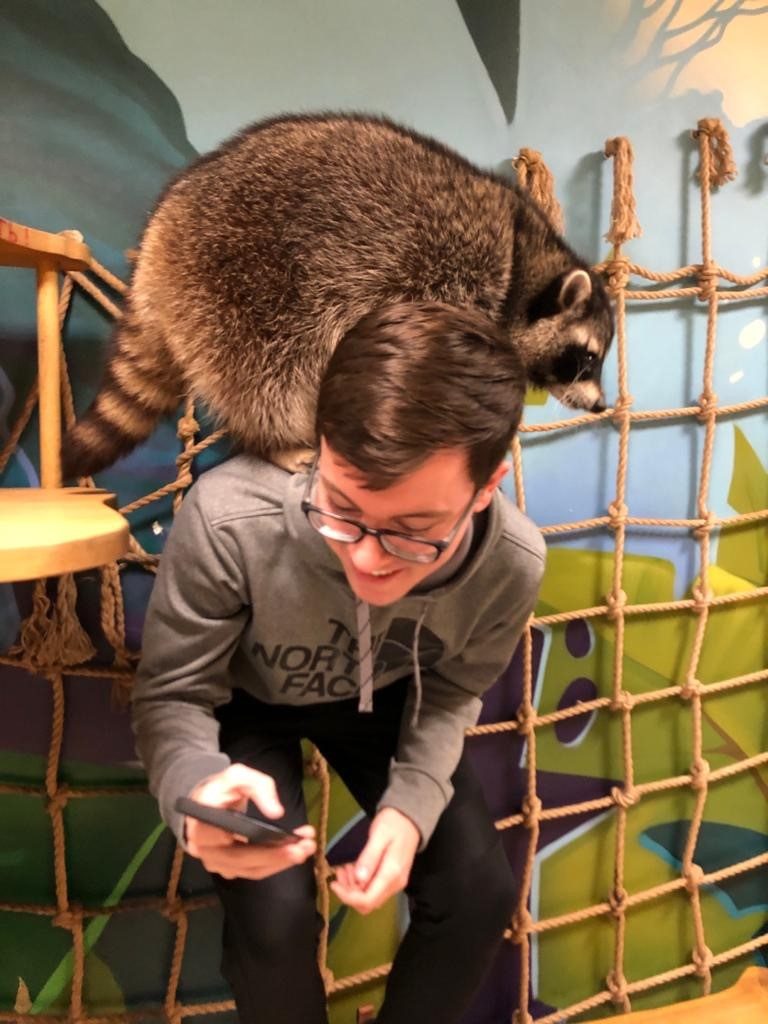
I found that many Russians take great pride in their history and national image. This strong sense of patriotism was evidenced by my Russian teachers, who tried to convince us that the independent country of Ukraine is really just a part of Russia and that we should visit Crimea during our spring break, among other things. Further examples of Russian patriotic sentiment were evident throughout the city, in the metro stations for example, (which were clean and highly efficient) where there were many posters celebrating the upcoming 75th Victory Day, an important national holiday in Russia which marks the USSR’s victory over Nazi Germany on 9 May 1945. The city of St. Petersburg itself (then Leningrad) was a terrible killing ground from September 1941 to January 1944 when German and Finnish forces surrounded and besieged the city. At least 670,000 Soviet civilians died of starvation and exposure during the siege, although the true number, likely much higher, will never be known. By comparison, about 418,500 Americans died during the entire Second World War, most of them servicemen. Just a few miles away from my Russian homestay apartment was the Piskaryovskoye Memorial Cemetery where 186 mass graves contain the remains of almost 500,000 Soviets killed during the siege of Leningrad. I began to understand better the reasons for Russians’ fierce patriotism and pride in their role in WWII after suffering millions of casualties. Nearly every Russian family–from my Russian babushka to President Putin–had relatives who fought during the Great Patriotic War. I learned that Russians feel that the West did not then, nor to this today, truly understand and appreciate the enormous sacrifices their country endured to achieve victory over Nazi Germany.
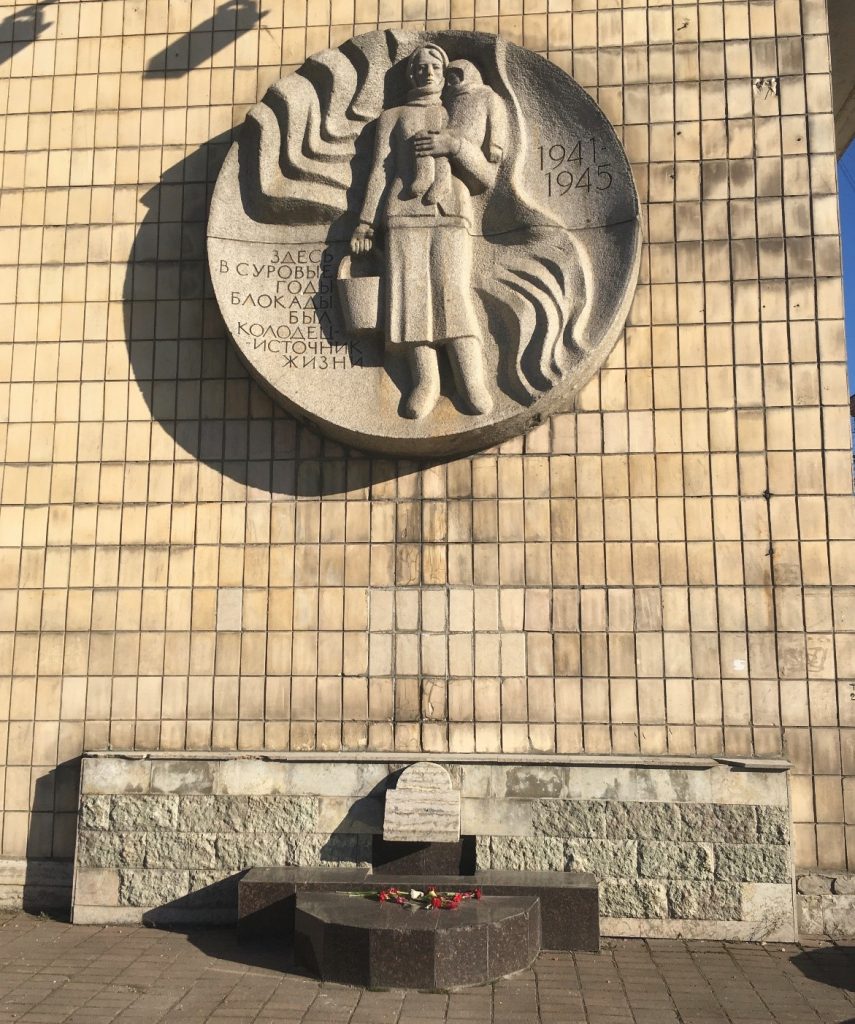
In early March, we received an email one morning notifying us that our program was cancelled due to the pandemic and that we must return to the US in a few days. It was very disappointing to receive this news as I was just beginning to get settled in my Russian homestay and most of the traveling (Moscow, Finland, Estonia, Ukraine) was yet to come. I spent my final days visiting sites that I had not yet seen such as the Military Historical Museum and the Saints Peter and Paul Cathedral, which contains the tombs of the Romanov tsars. Despite the program’s disappointing end, St. Petersburg’s rich historical sites and interesting people proved worthwhile.
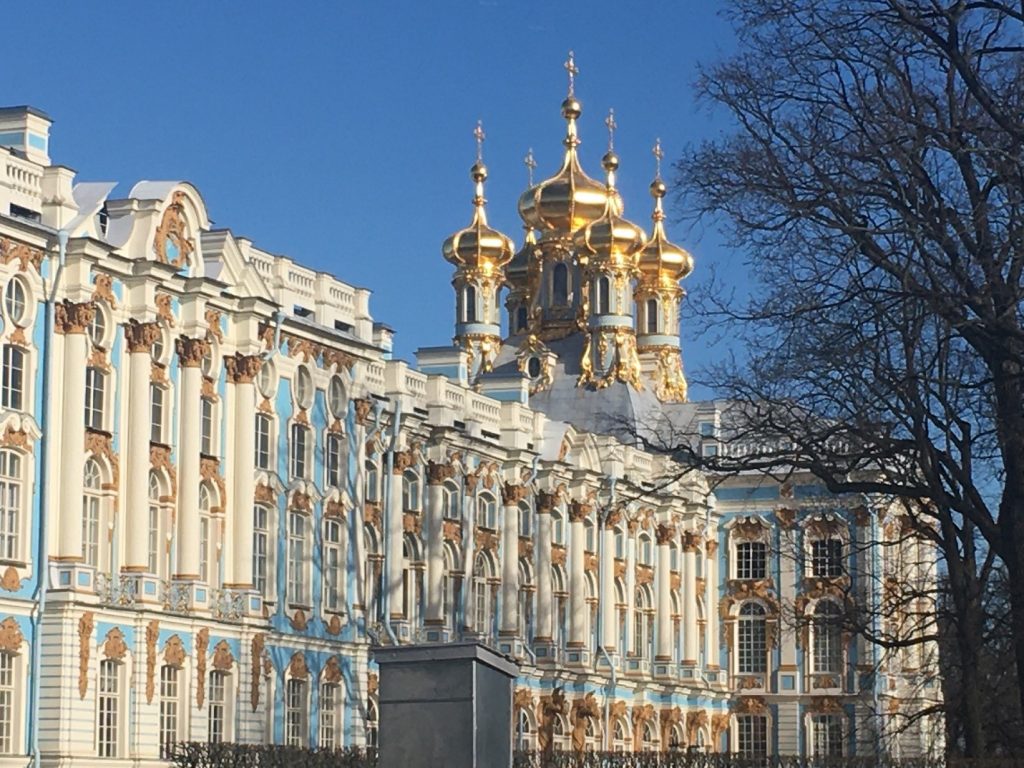
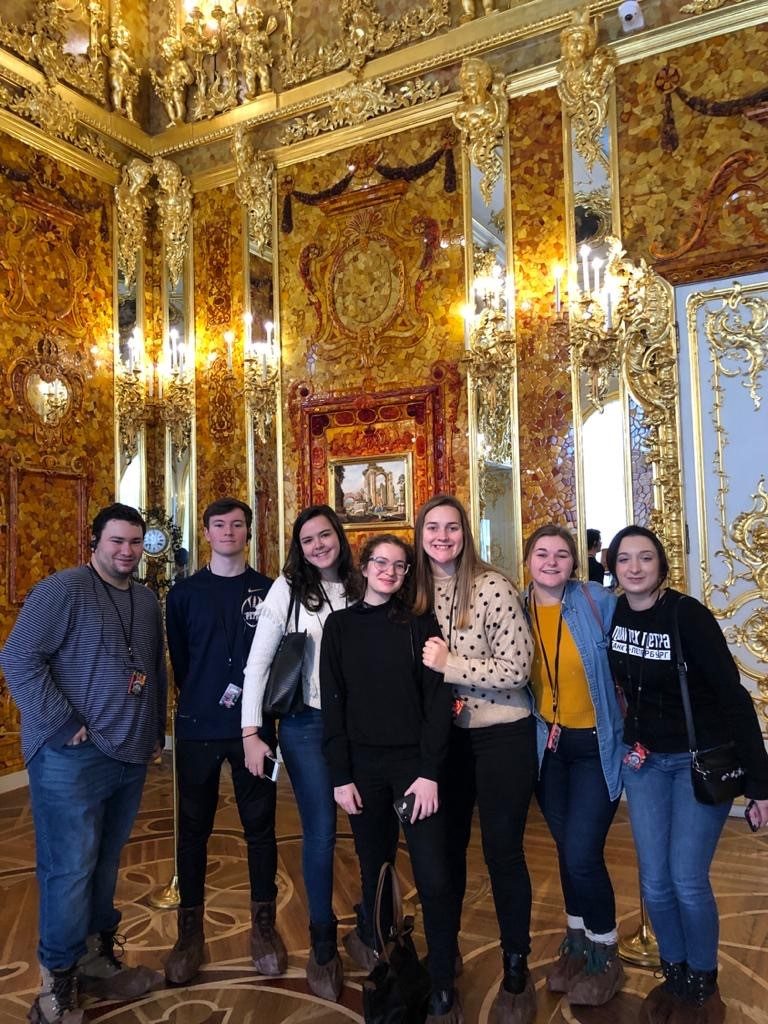
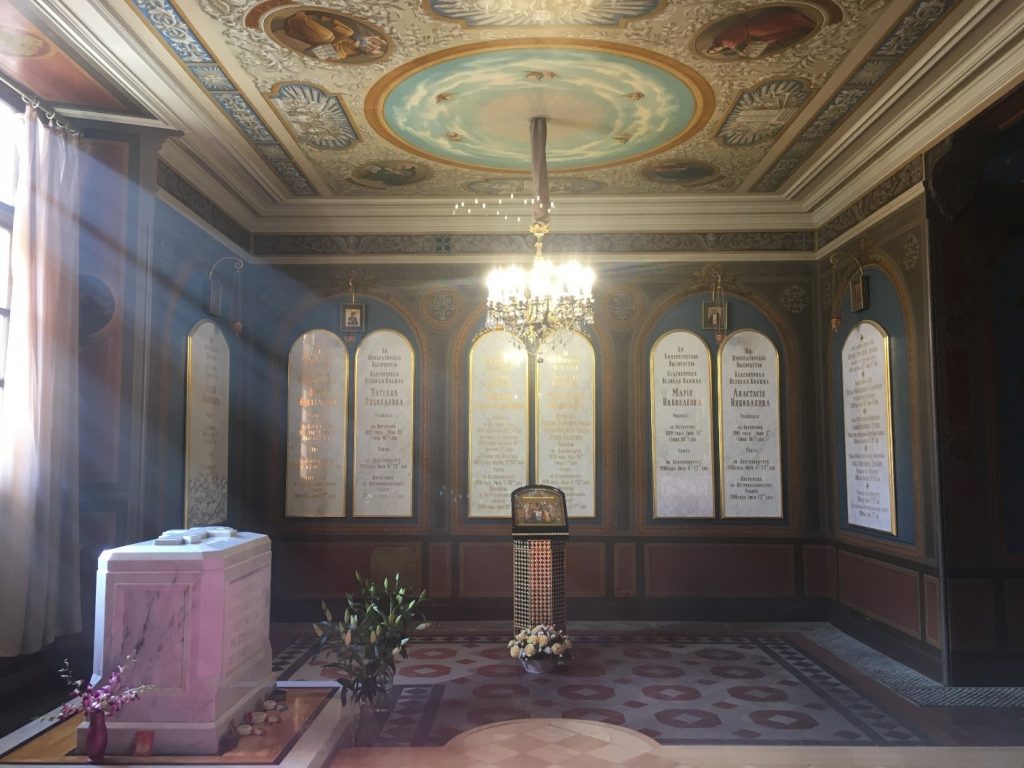
Patrick Kenney is a senior majoring in International Studies and Russian, East European, and Eurasian Studies
